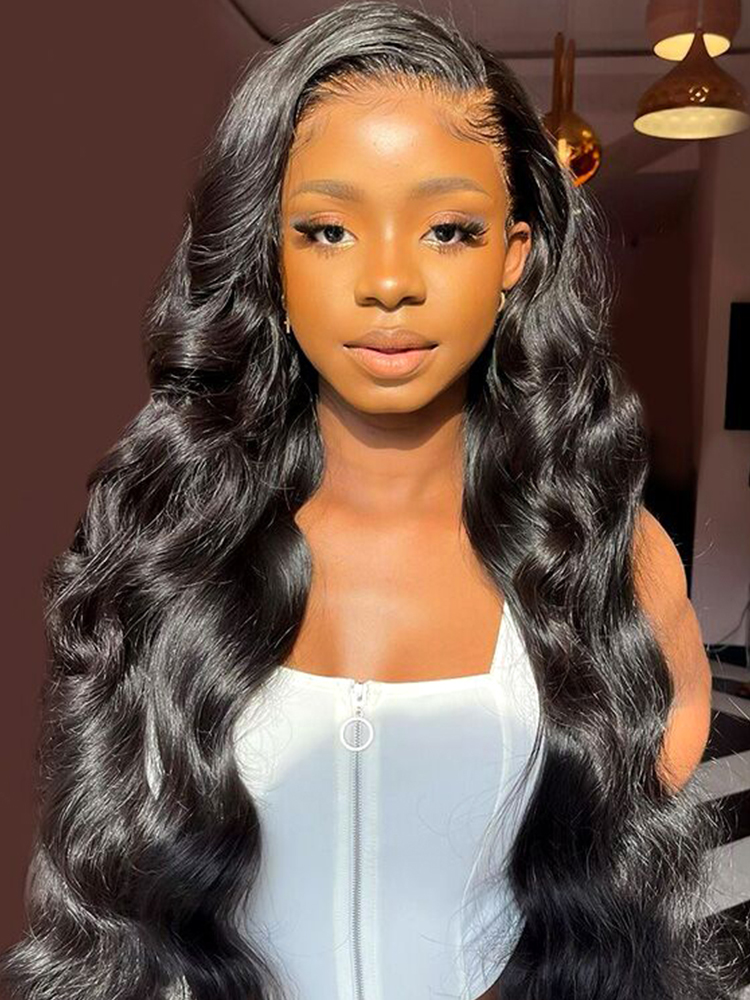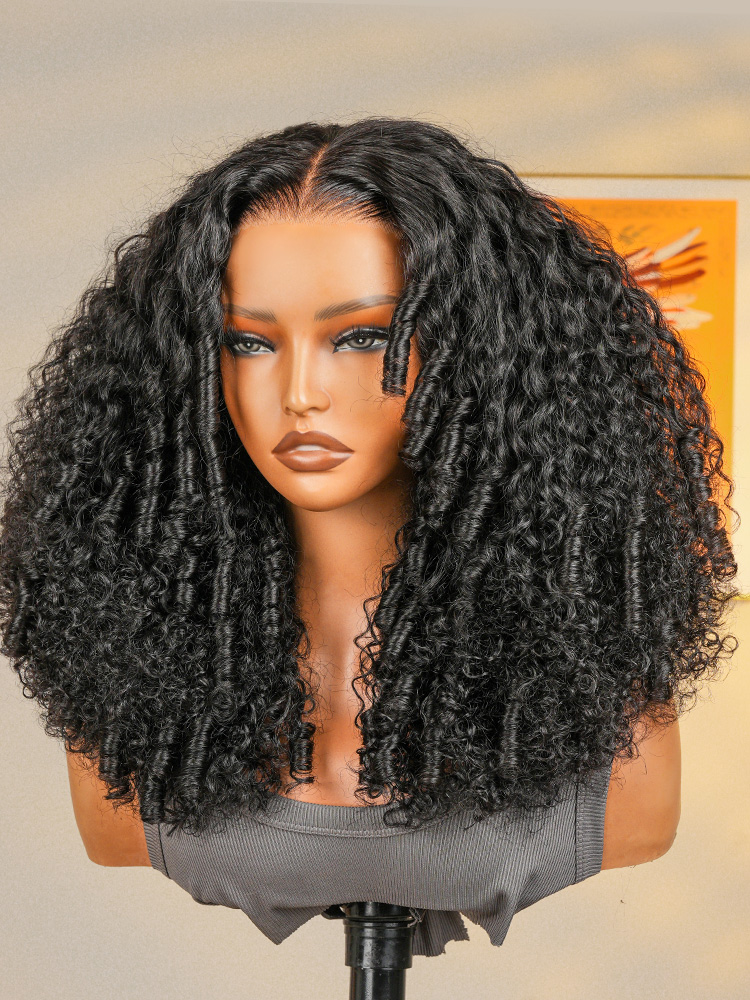Aug 21, 2025 12:01:37 AM
Types of Hair for Extensions Explained: What You Need to Know
Hair extensions can instantly transform your look, whether you want to add length or boost volume to thinning hair. They save the long wait for hair growth, especially suitable for people who want to try new styles but don't want to change their natural hair.
Hair extensions can also reduce damage to our hair, especially for people who frequently perm and dye their hair or have damaged hair quality. Hair extensions made from real human hair can meet styling needs and avoid damage to natural hair from chemical agents or high temperatures. For people with low hair volume and fine, soft hair, hair extensions can enhance hairstyle support by increasing hair volume.
In short, hair extensions can help create better hairstyles and boost confidence. However, it is important to choose the appropriate type of hair extensions based on personal facial shape and take good care of them in order to maximize their advantages. What are the types of hair for extensions? Let’s explore together.
Types of Hair for Extensions: Classified by Source
Human hair extensions: This is the highest quality material in wigs, made from hair donated by people, thus retaining the advantages of natural hair strands. It not only has a smooth touch and beautiful luster, but also has good plasticity and durability, and can accept ironing, dyeing, etc. It also has excellent breathability, and with minimal chemical treatment, it is not easy to cause scalp diseases. If the maintenance method is correct, its service life can usually reach 6 to 12 months, and it can be even longer if not worn frequently. There is also remy hair that has undergone basic treatments such as disinfection and combing. This type of human hair has stable overall quality and is the first choice for those who pursue long-term natural effects.
Synthetic fiber hair extensions: This type of hair extension is made of synthetic materials such as polyester fibers, and its price is relatively low, usually only one-third of that of human hair. But its texture is relatively hard compared to real hair extensions, and the glossiness does not have a gradient effect under natural light, making it easy to identify the traces of wigs and making it look less natural.
Types of Hair for Extensions: Classified by Processing Method
Remy Hair: It strictly maintains the natural growth direction of the hair, so that the scales of each hair strand are arranged in the same direction. This processing method minimizes friction between hair scales, making hair less prone to tangling and entanglement. Its durability is therefore relatively strong, and it can maintain a good condition even after multiple cleanings and combings. It usually comes from a single individual and is processed directly after screening and disinfection, so it can retain a high degree of integrity. That's why its price is relatively high. If you have a sufficient budget, it is one of the highest quality hair extensions.
Non-remy Hair: This refers to human hair collected without distinguishing the growth direction of the hair, resulting in a messy and interlaced state of hair scales. Due to the friction and interlocking of its scales, it is prone to problems such as tangling and frizz. Therefore, it requires a higher frequency of care. This type of hair is mostly collected and scattered, sometimes requiring chemical treatment to cover up scale damage, so the price is lower and suitable for people who do not have high requirements for user experience, have a limited budget, or short-term use.
Types of Hair for Extensions: Classified by Quality
Asian hair: Represented by hair from China, its diameter is thick, usually above 80 microns, with a tough texture, good elasticity, and is not easily broken. Due to its high compatibility with the native hair texture of Asians, it is most widely used in the Asian market.
European Hair: As the name suggests, it mainly comes from European countries. The diameter of the hair is thin, generally less than 70 microns, which is soft and lightweight, with a strong luster and a natural fluffiness. It is popular in Europe and America, suitable for creating light wavy or layered short hair, but due to its weak toughness, it is not suitable for frequent perming or pulling.
Indian hair: It has a medium thickness between Asian hair and European hair, with natural, slight curls. It has a soft texture and good toughness, and is slightly cheaper than European hair. So, it is suitable for extensions with natural curls.
Conclusion
To sum up, we have learned about the types of hair for extensions in this article. I hope this helps you choose hair extensions or wigs. If you want to try hair extensions but do not know which brand is reliable, or you want high-quality hair extensions, I highly recommend WESTKISS. That is a brand specializing in premium human hair wigs and extensions. They’re currently running exciting sales—don’t miss your chance to shop now!
 HD Lace Wigs
HD Lace Wigs









